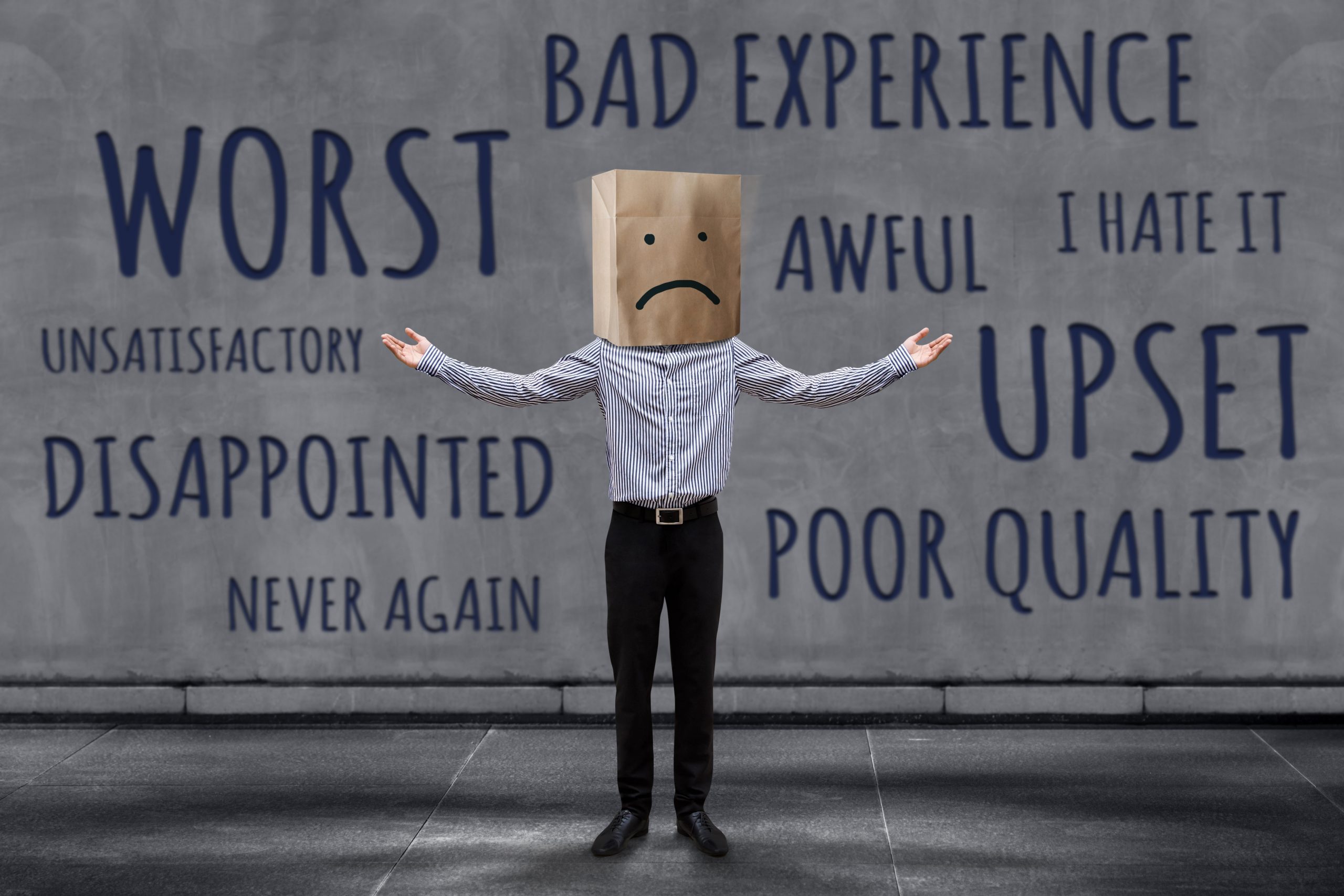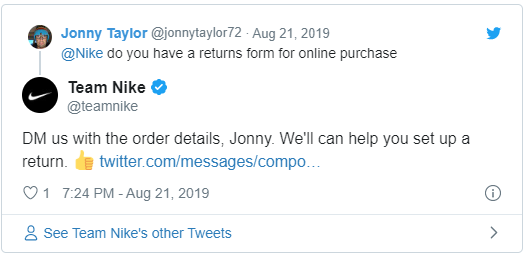You Got a Bad Review, Now What?

First off, relax. Bad reviews are a part of running a business.
Most brands are striving to get as many positive reviews as possible. And it’s not hard to understand why. A good reputation online can help customers trust businesses, convert leads and even boost local search rankings. Not to mention that 97% of consumers read product reviews before making a purchase decision. But there’s no way around it – bad reviews happen. It can happen to a newbie entrepreneur or an experienced one. Sooner or later, you will encounter a customer who will write hurtful things about your business on Facebook, Yelp, Instagram or just about anywhere else. It can damage your prestige, profitability and trustworthiness. Customers write negative reviews for all kinds of reasons. Studies show that 31.4 percent complain about problems with products, 52 percent complain about what they perceive as bad service, 16.6 percent say there are policies they disagree with. Negative reviews can be painful. But many businesses don’t realize that they are easy to deal with. Bad reviews can actually boost your reputation in ways you may have never expected. A study found that 85% of consumers look for negative reviews prior to making a purchase decision. Why? They want to know what can go wrong and how the scenario will matter to them. Modern shoppers are also smarter than ever. Give them too many good reviews with no sign of bad ones and they will sense inauthenticity. They know that no one is perfect so they will value an honest feedback, even if it’s not all positive. In fact, more than 66% of users trust reviews more when they are a mix of negatives and positives. So what can you do after receiving a negative review? All you need to do is respond.- Posting a response gives you a chance to win the unhappy customer back. It also shows others that you value customer satisfaction. You can apologize for any fault or politely refute any claims.
- You may settle the issue privately by reaching out to the customer directly. Send them a message asking for their phone number or asking them to call you to discuss the problem and resolve it. If the issue is resolved, you can politely ask if the customer is willing to delete the negative review posted. Or, better yet, update the review to make it a positive one.
1. They want you to say “sorry.”
According to 38.9 percent of the respondents, they are expecting an apology following a negative review they have shared. In saying sorry, make sure you to retain that customer-is-always-right attitude. Give the customer options to call or email you so you can try and fix the issue.2. Save other consumers from bad experiences.
Around 73% of consumers are motivated by the desire to save others from negative experiences. It means they are hoping to warn potential customers to stay away from your business. When this happens, you have to take action! Apologize and save the customer relationship.3. They want you to be more honest.
48.7% of customers are likely to complain because they would like the brand to be more honest about their policies and practices. Online shoppers are clearly conscious of shipping, return, and refund policies. So be transparent and outline what they can expect from you. Use terminology that is understandable to everyone.4. Financial reimbursement.
We’re not suggesting you should refund every customer who complains. Each situation will be different. Use your judgement to figure out if a financial reimbursement is appropriate. Study shows that 48.3% of complaining customers would like a refund and 28.5% would settle for a gift card or store credit. Even the biggest brands know how important reviews are. That is why they take advantage of every interaction with a customer to offer value and sell more. Nike never fails to respond to negative customer reviews. They provide support seven days a week and in seven languages. For instance, when someone mentions their Twitter handle, someone from their marketing team will jump in to solve the problem.


- Respond in a polite, professional manner. Don’t create excuses or blame another party for the problem.
- Offer to handle the matter out of public view. Provide your email or contact details.
- After resolving the issue, post a public comment on the review platform outlining the agreed outcome.
- If you know that a review is fake or misleading, remove it or report it to the review site’s support. Review platforms that do not remove reviews that they know to be fake risk breaching the Competition and Consumer Act 2010.
- Thank customers for taking the time to write a feedback. Let them know you appreciate the opportunity to make things right.


